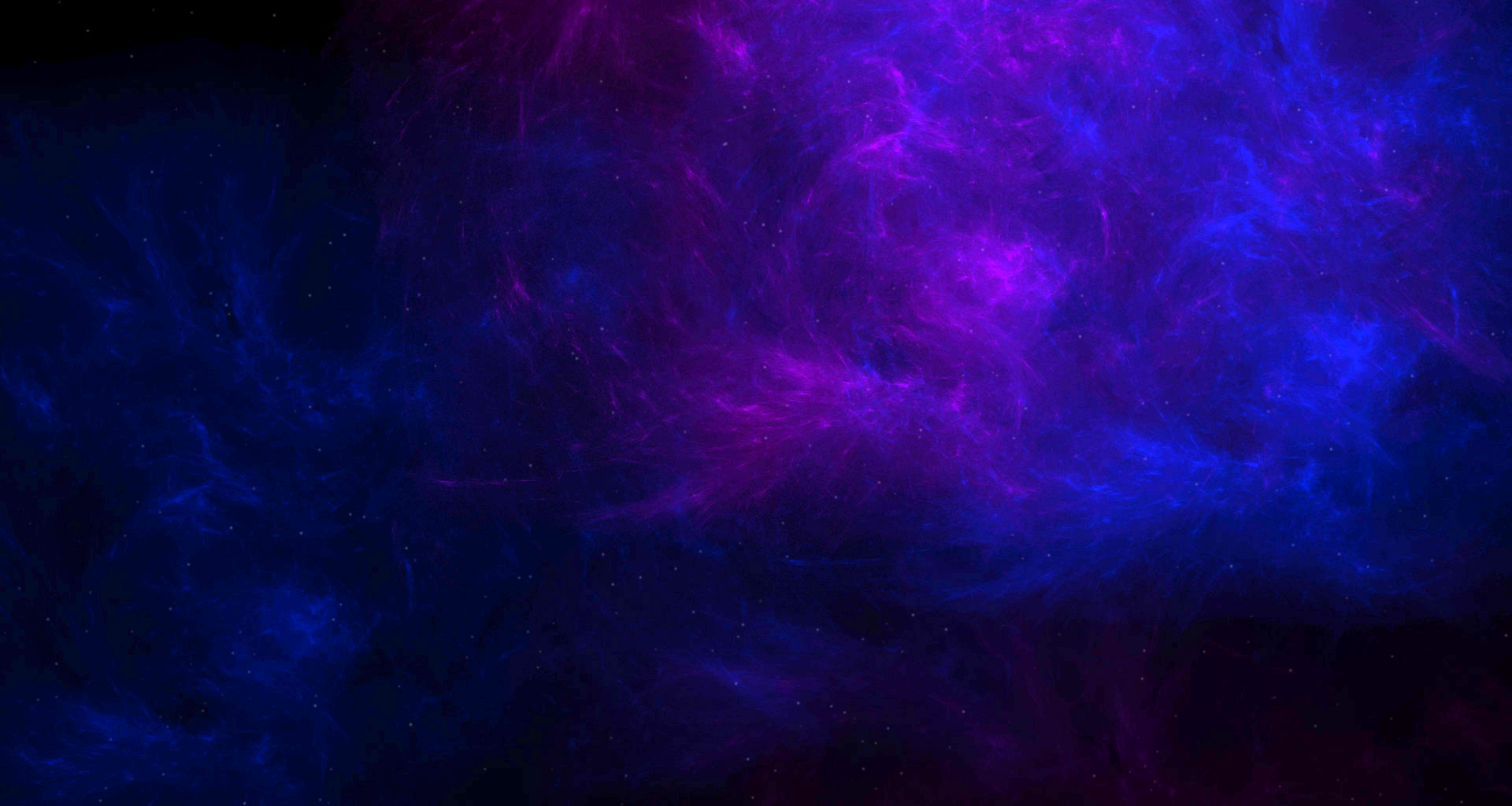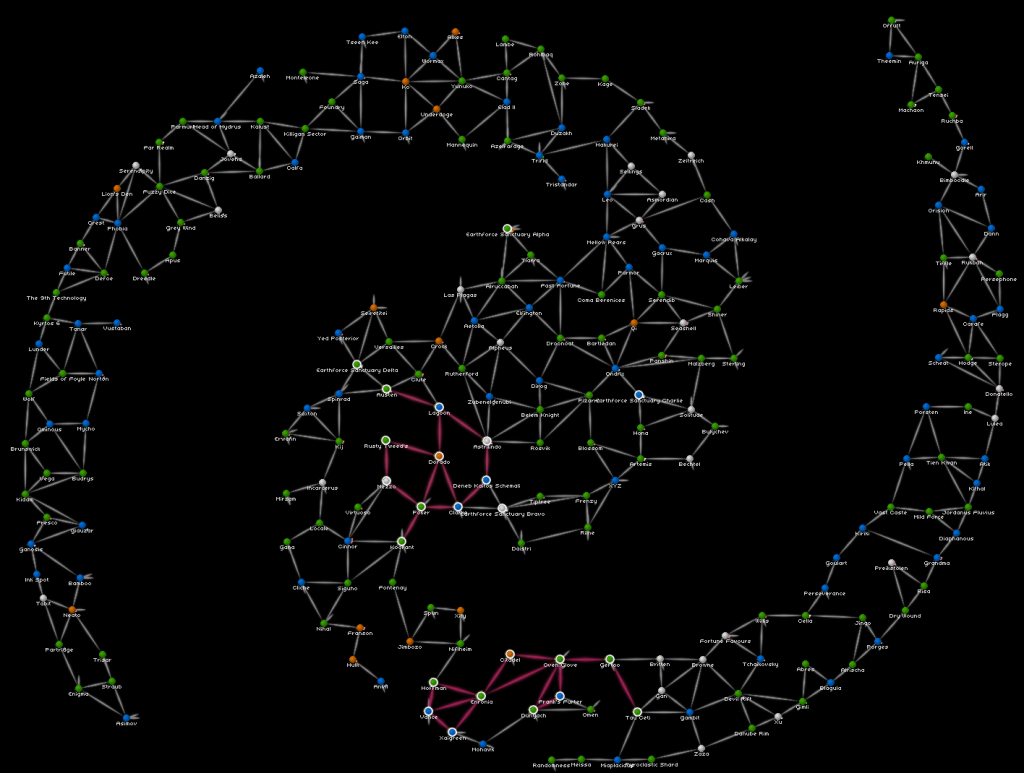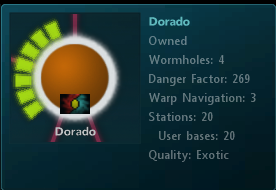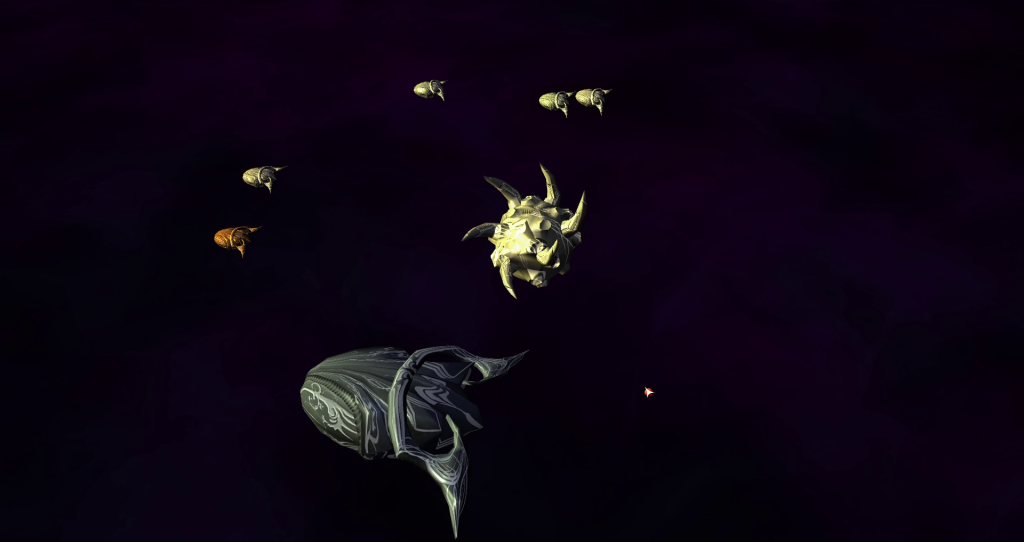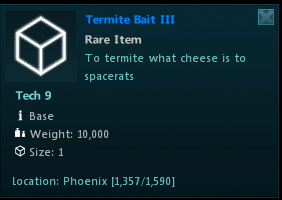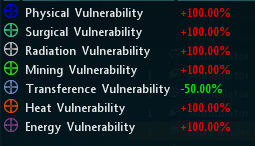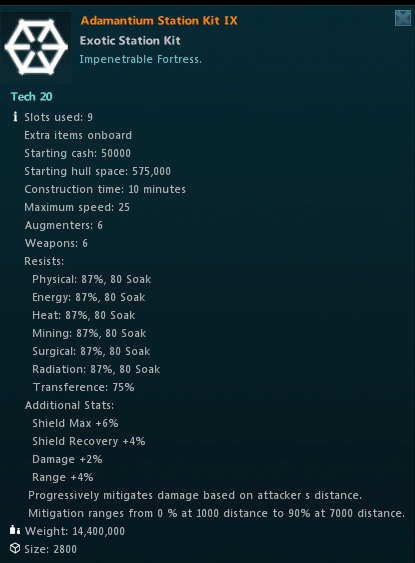If you haven’t checked out Part One: Click Here.
Here we go again! In our previous post, we shared with you some upcoming changes to mechanics and items that mainly affect ship-based combat. In this post, we will be focusing on enhancing the experience of claiming territory in Wild Space. We touched a variety of systems and mechanics in order to get things to a point where we felt confident it would be a net improvement for the game, and just like with the previous changes these are intended to promote a more dynamic and engaging game. We want players to have the opportunity to think critically and make strategic choices based on a consistent and intuitive game state.
We’re confident that these changes will bring about a more intriguing experience in Wild Space, so without further ado here’s what we’ve got for you in the next patch!
Wild Space: Generation & Layouts
For quite a long time, Wild Space has been a place that wasn’t that much different from Earthforce Space. This generally meant that as soon as a player acquired Warp Navigation 2 they could go into Wild Space and explore, setting up a base and testing their ability to hold onto a galaxy. But it didn’t look or feel different at the galaxy level, and that’s because at its core Wild Space was not much different!
Over the years, we’ve made adjustments to Wild Space which made it stand further and further apart. As we looked to make changes to the layer, we realized we could do a better job at truly setting Wild Space up to be a special place. Here’s how we did it.
We’ve changed the minimum danger factor of all galaxies in Wild Space, raising it to 120. This makes all WS galaxies warp 3, setting a clear expectation on the part of players entering the area for the first time that it is supposed to be dangerous.
We are reintroducing Juxtapositions and Concourses into Wild Space (no Subspace shortcuts), with a new way to handle their placement more suitable for how we design and generate Wild Space.
We have completely overhauled our solar system generation tools. This allows us to easily define different types of solar systems that can be generated in Wild Space galaxies. While this will only be true for Wildspace in the upcoming patch, we have the ability to expand to the other layers in the future. We have set up three different solar system types; realistic (normal systems with planets), seismic (stars which produce asteroids, like fermium stars), and proto (a system with a star and gas clouds).
Using these solar systems we can ensure that each galaxy has multiple stars to allow for Command & Control stations to be safely deployed a good distance from each other, while still keeping the number of planets in the galaxy under our control.
This might not sound very exciting by itself, but we also now have new controls on how resources are distributed throughout the galaxy, primarily through the addition of a “colocation” modifier, which causes resources to have a very high chance of being placed on a solar body that already has resources. This will make it so that resource amounts should be much more concentrated than they were in past universes, particularly in the most highly desirable galaxies.
Wild Space: Qualities
Now that we’ve outlined the more technical aspects of our changes, let’s get to the first thing you’re going to notice: The Wild Space layer map.
Every wild space galaxy will now be assigned a quality (common, uncommon, rare, or exotic, for now), and it will immediately be visible on the map, coloring the dot with the appropriate color, and in the tooltip for that galaxy. We want to make it clear to players (as soon as they warp into the galaxy) that there is something desirable about it, and making them immediately visible on the screen is the best way to do so.
This will not be the layout of Wild Space for next universe.
Quality is not purely a cosmetic feature, but rather the major driving factor for the value of the galaxy. There will still be quite a bit of variation, but in general quality will be able to tell you how good a galaxy is overall. Here’s why:
Quality is going to determine three things:
-
The number of planets and moons in the galaxy, with planet counts going up as quality goes up. In order to keep lower quality galaxies from having their resources too easily accessed, planets in these galaxies will always have more moons.
-
The quantity and distribution of Tier 0 resources (Nuclear Waste, Metals, Silicon, etc.) in higher quality galaxies will be very tightly packed. You will notice that the highest quality galaxies will have many planets with very little to no resources on them at all, and the planets with resources will have very high levels of resource density. In lower quality galaxies, resources will be spread amongst their planets and moons. This will make them less desirable to players looking to set up a massive colonial empire, who will want to look at higher quality galaxies in order to have the best colony profits possible.
-
Termite Strength. We’ll elaborate on this in the following section, but termites in higher quality galaxies will be much more difficult. Termites in lower quality galaxies will be significantly easier to handle.
We have assessed the resource requirements to hold a galaxy as well as the production value of existing high value galaxies to determine resource abundance by quality level. A Common galaxy will provide enough resources to hold ownership of that galaxy and have a small production value that is ideal for a small or new team starting out. Exotic galaxies provide serious industrial and production capability and would be the most suitable for production bases.
We are not completely getting rid of the effect Danger Factor has on galaxy resources. It will still affect the distribution of tier 1-3 resources (Petroleum, Diamonds, Adamantium, etc.), DGs, wild AI, and prospecting nodes. None of these things is affected by quality. Danger Factor also affects a few small details like the number of asteroids or resources in an asteroid belt.
What about AI Empires?
We didn’t forget about AI Empires!
We’ve made sure that players cannot build in AI Empire galaxies while the galaxy is owned. In fact, AI Empires cannot be attacked at all while their galaxy is owned, so if you want to try to wrest control of their territory you will have to own the adjacent galaxy (causing the AI Empire’s ownership to lapse). All AI Empire HQs will be marked as Exotic, and XYZ will be Rare.
Wild Space: Termites
We want termites to be a constant pressure threat that galaxy owners must take into consideration when staking and fortifying a claim. In the past, it was possible to build in Wild Space for literally years without having a serious assault on your galaxy. We want players to understand from the very first time they own a galaxy onwards that Wild Space is Wild, and you will need to make sure your assets can protect themselves from the terrible termites.
At the same time, we know that the current distribution of termite power levels doesn’t work for everyone. We’ve been listening to your feedback for months now, and here’s what we’ve decided to do:
We’ve made termite strength and galaxy quality linked. Each quality level has a different termite strength, and this strength corresponds to the minimum value of the galaxy. Galaxies with a higher minimum value will have stronger termites and you will visually be able to tell what kind of termites are going to attack your bases by looking at this quality.
If you own a common galaxy, you will only get the weakest (common) termites. If you own an Uncommon one, you get the slightly stronger uncommon termites. Uncommon and Rare termites are the same as the Warp 2 and Warp 3 termites we have on the live server. You can expect Exotic termites to be 30% stronger then Rare ones, and Common termites are going to be dramatically weaker than the Warp 2 termites. This should give players looking to push into taking more lucrative territory a very clear idea of what they need to plan for before they set down a single base.
Finally, Termites will no longer despawn if all of the assets in a galaxy are killed. The mound will stay around for its entire lifespan of 7 days and 6 hours. They know what you’re trying to do, and they’re not happy about it. If you fail to defeat them, you’ll have to wait until they decide it’s over…
Termite… Bait?
Before we move on, let’s talk about Termite Bait.
One of the most frustrating things about the current situation with Termites was that players didn’t have a way to figure out if their base configuration and galaxy defenses were powerful enough to repel termite invasions until the invasion was already upon them. Since the termite invasion was random, it could happen while you were offline and you would have no way of knowing why a base died. This made it very difficult for players to make the necessary upgrades to their bases, leading some to feel compelled to either greatly over invest in defense or else monitor their galaxies day and night.
To address this, we’ve added Termite Bait. When you use a Termite Bait, you will spawn a wave of nasty termites looking to tear your bases to shreds. You can use this opportunity to get a feel for how your galaxy will fare against a full blown assault.
WARNING: These are full blown, REAL termites that will kill your bases dead. Termite Bait must be used responsibly!
You can build Termite Bait from a cheap pre-equipped blueprint on the Command & Control Station in your owned galaxy. There is a different type of bait for each of the four quality levels of termite, and you can use any type of bait in any galaxy. When you equip the bait to your station, it will spawn a single wave of termites with quality level matching the type of bait you used. The termites will despawn after 30 minutes and will not respawn after being killed, and there is also a 30 minute cooldown between termite bait uses.
Since you can experiment with any quality of bait irrespective of the galaxy’s quality, you can work your way up from the weaker termites and tweak your defenses as you go.
Our goal with these changes is to give players the opportunity to prepare for the threat of termite infestations on their own time, no matter what quality galaxy they own.
Wild Space: Player Bases
We want player bases to be in a league of their own, powerful tools that players erect to leave their mark on the universe for fame, glory, and wealth. Bases are meant to be very important tools that can greatly further your aims when placed thoughtfully and strategically. It’s kind of hard to see them this way right now, so we’re going to make the following adjustments to ensure that bases are something everyone knows are a big deal.
First, we’re going to make sure that when bases die they don’t drop as much stuff. We know how frustrating it is to put really valuable equipment on your bases, only for them to drop after your base got a little unlucky in a fight with a termite. We know it happens sometimes, so we’ve decided to make that outcome less of a pain.
Next, bases will have their transference resistances increased to 75%. We don’t want players leveraging external shield regeneration in order to feed healing into bases because it creates a huge amount of effective shields due to how powerful base mitigation is. At the same time, we don’t want bases that have just been deployed to be brought down without some effort. To make sure that your enemies don’t pop your bases before they’ve got a fighting chance, we are adding a large amount of transference vulnerability during the construction phase. Your base will take 50% more healing while being constructed, making it easier to keep alive when first deployed.
Finally, we think that permanent assets can too easily be destroyed from outside of their engagement range. We are adding a new form of ranged-base damage mitigation to all player bases and permanent drones, making it significantly harder to kill them from distance. Specifically, any damage dealt to the base from beyond 1,000 distance is subject to extra mitigation, capping out at a whopping 90% bonus resistance for attacks originating from beyond 7,000 distance. Our idea here is that while bases can still die to a concerted attack from range, they are much more resilient to that type of threat and will likely shrug off a lot more punishment than before. We recognize that this is a relatively conservative improvement to the overall combat performance of player bases and are prepared to iterate further if indicated by the evolving metagame.
Long Term
All of our work in this update is intended to set us on a path for more additions, content, and opportunities for interesting experiences and meaningful conflict in Wild Space. We will closely monitor the effects of our changes over the next universe cycle and will always be open to feedback based on experiences that players have in the system. We appreciate the continued support of our players and look forward to seeing you in Wild Space next universe! Thank you for playing!
